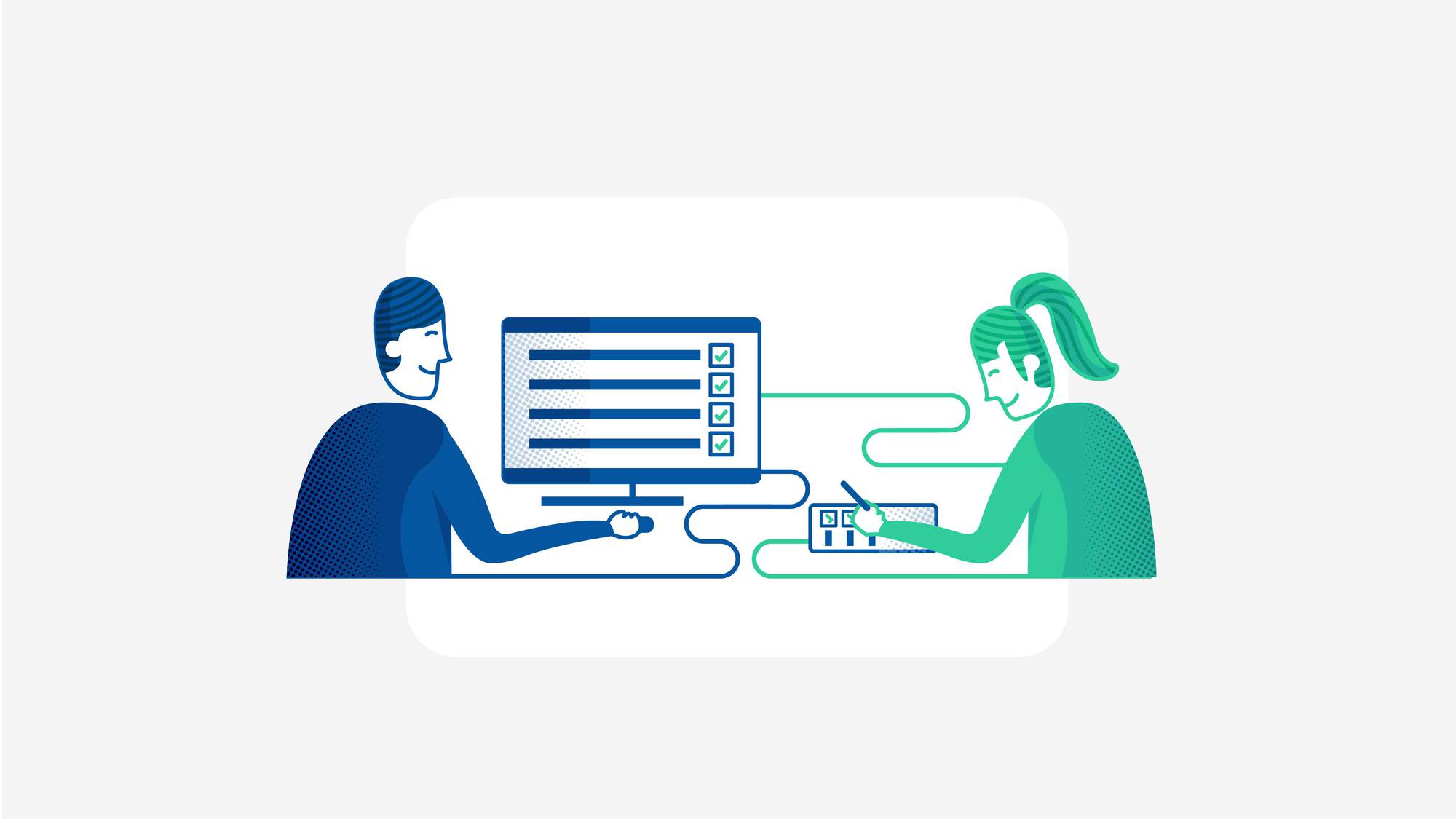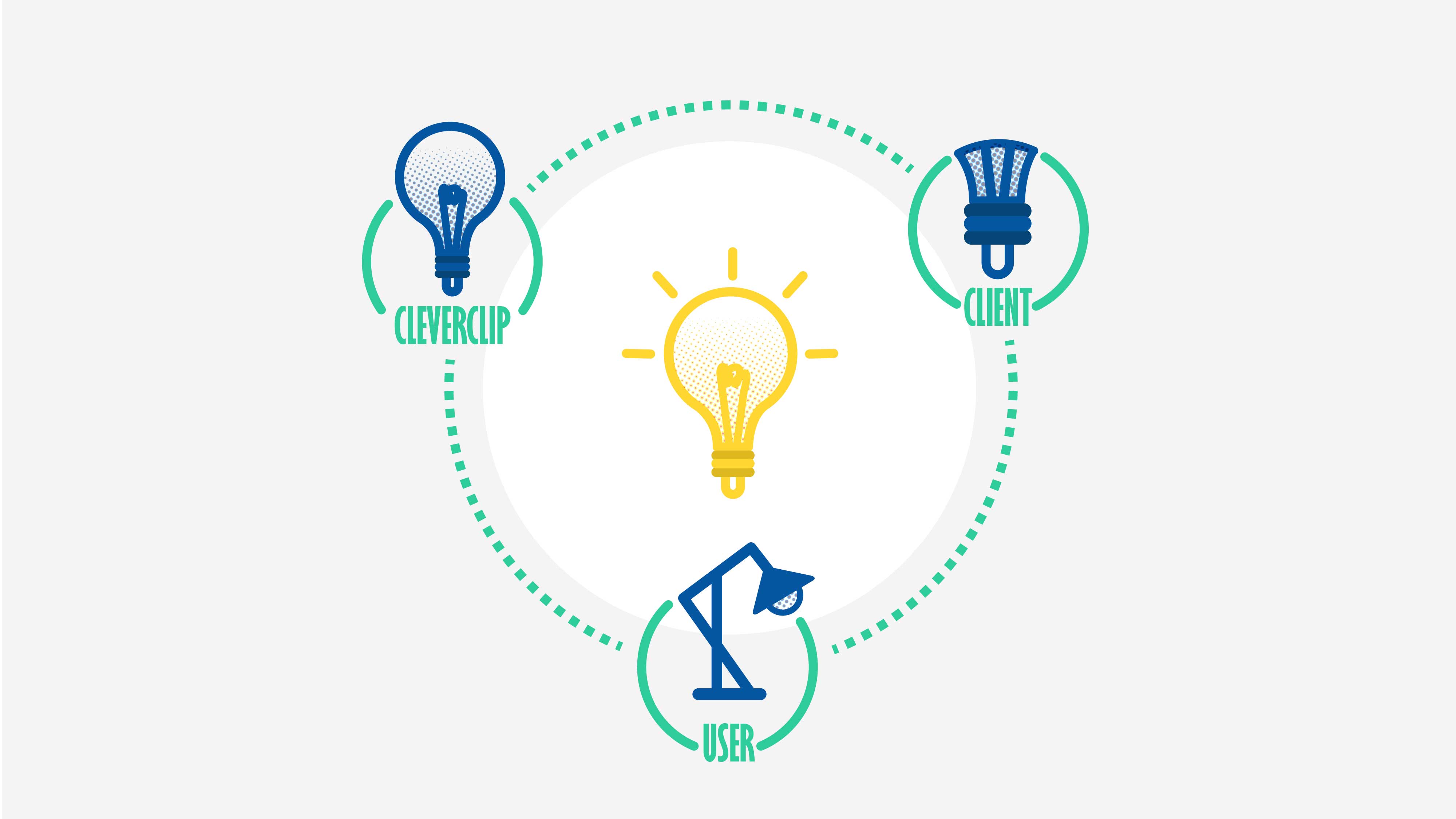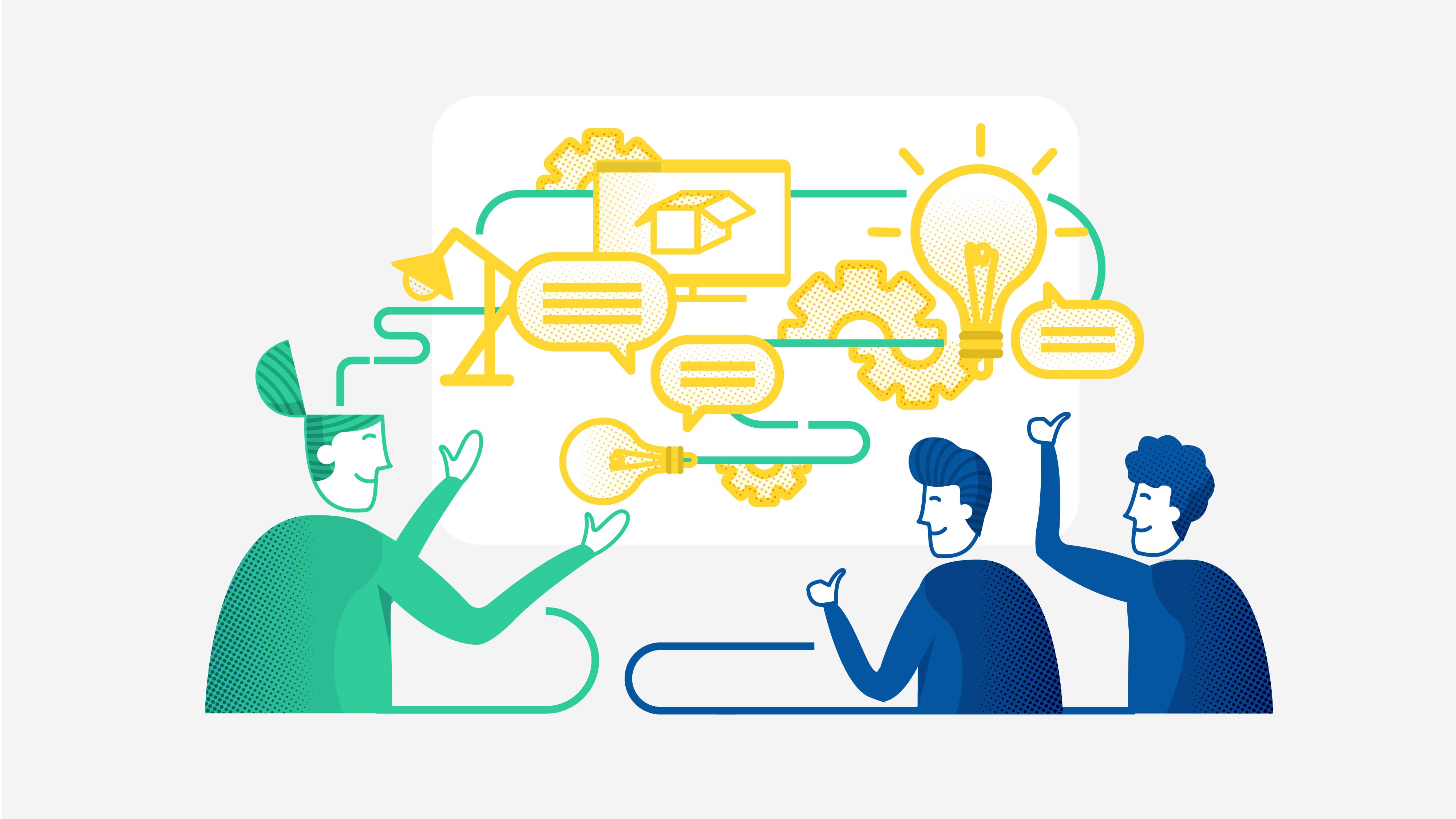
3 good reasons why user testing is worthwhile
Natalie Ediger, November 4, 2016· Digital Learning
3 Good reasons why user testing is worthwhile
One of the most important points in human-centered design: Use a prototype as early as possible – directly at the end user. This works everywhere: websites, products, videos and software applications. It doesn’t matter what is tested. It’s just a matter of recognizing at an early stage whether the solution is being received correctly by the end user and whether it has a direct added value for him.
What exactly is User Testing?
During user testing, an MVP (Minimum Viable Product) is created, which is tested directly at the end customer for problems. It is exactly this MVP that represents the prototype of the final product.
What does this mean for the design? The end user becomes part of the process as he comes into direct contact with this first prototype. The whole thing is also called “participative design”. The user is encouraged to present his thoughts about the product openly and honestly. In this way it can be found out whether the user really understands what it is all about and how the product works.
3 Reasons why user testing should always be performed
Exactly: During user testing, you find out whether the product is actually usable … or not. If the users are involved at an early stage, then the manufacturer and the seller of the product immediately see what the end user really expects. And what it brings him!
So at an early stage, you take a look “into the minds of the users”, so to speak. Before that, you only start from assumptions and statistics.
1) Find out how it works – at a very early stage

It is incredibly important to integrate the end consumer into the process as early as possible. In this way, it is possible to determine whether the product or service is usable … In accordance with the principle of “fail fast, fail early, fail cheaply”. Which is great, because this is exactly how time and money can be saved! After all, this is not the way to produce something that is of no use to the customer.
2) Is there understanding for the product?

We always say: There are no stupid users, only stupid products. Which ultimately means that we don’t have to start from our understanding of the product, but from that of the end user. After all, it is the end user who decides whether the product will be successful or not. That’s why it’s important that he understands the product and that it doesn’t just “look good” or be super fancy.
3) Include knowledge and emotions from the end customer

You go after the customer: What does he think about the product or service? He should speak openly and honestly about everything that comes to his mind. The whole thing is therefore a qualitative method, with which something can also be learned about the emotions that the product triggers. It is not a simple quantitative query of the product’s usability capability.
How do we do that at Cleverclip?
At Cleverclip we also test our videos as early as possible. Once we are in the storyboard stage – the second step of producing an explanatory video – we create a very simple prototype. This consists of sketches and a dummy voice over.
We call this “Animatic”. This allows you to see what the course of the story looks like and to follow the interplay of text and image. This ensures that the end user can easily focus on the story and the sequence. Thanks to animatics, we then find gaps and problems that we hadn’t thought of before.
But we are not the only ones who benefit from user testing; our customers also benefit from it. Because he now sees exactly what his customer expects from him. The problem: Our customer is always far too deeply involved in his product or process. He no longer sees what is really important … The danger of getting lost in details is enormous. And details don’t interest the end user in the bean.
When creating the prototype we make use of assumptions and figures about the target group. As a result we often go in a direction that doesn’t fully suit the end user. This is exactly our intention! Because the end user usually has no prior knowledge of the topic, user testing quickly makes it clear how we have to change course. Because the feedback comes – practically – directly from the user!
Now you know how we test our videos and how we find out if everything works.
How do you do with testing? Have you ever tried something like this?
Interested in more news & opinions about design and storytelling? Well then off to our newsletter